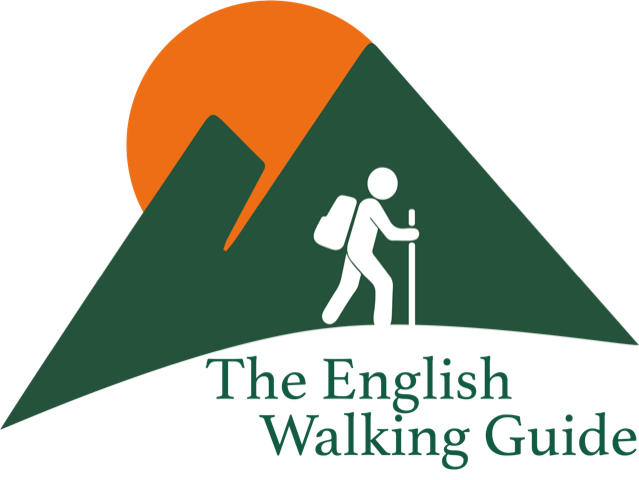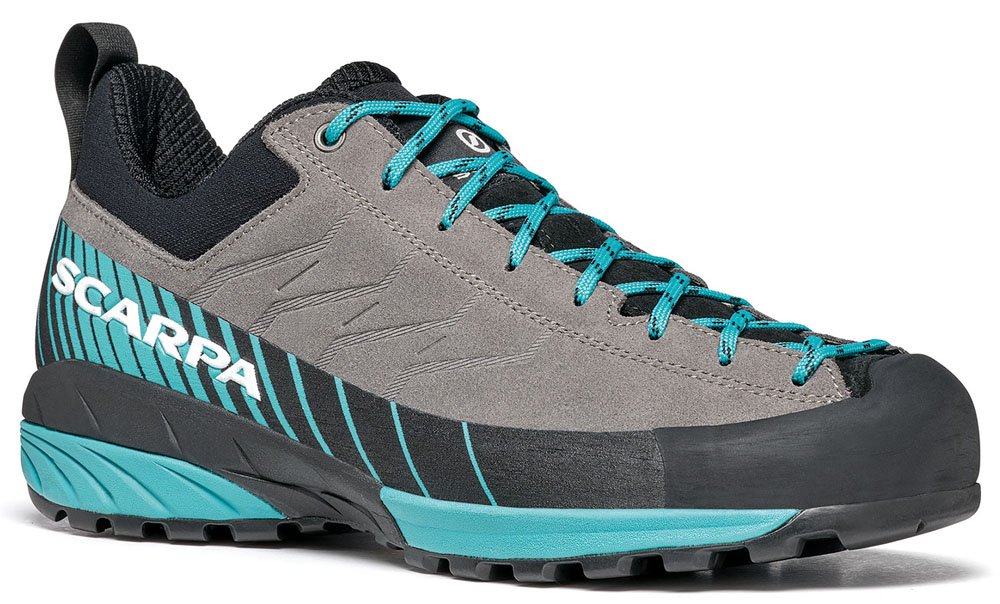Rucksack
In terms of capacity (measured in litres) always consider the use to which the rucksack will be put and the items you wish to carry. For a day’s hiking in Mallorca a 20 - 30L rucksack will be more than adequate.
Shorter or longer model?
Some rucksacks are designed for the shorter or longer back. I am 1.90m tall and need an extra long model. Deuter, the German manufacturer, do an EL range. There are also women specific models for shorter backs and narrower shoulders.
Type of backing
Another consideration is the construction of the backing. Until recently there were two main types: ventilated and contact.
Ventilated rucksacks (also known as trampoline frames) have suspended mesh backs to help dry perspiration when you are carrying it. The mesh is suspended above a concave cavity with a big air space behind your back to help evaporate moisture. Deuter, who invented this system, claim that tests showed its three-way mesh ventilation reduces perspiration by 25%. In hotter climes like Mallorca that is a real benefit.
There are two disadvantages. First ventilated rucksacks can pull you backwards and off-balance. This can cause you to use more energy compensating against the backward pull. Second its concave shape can make it more difficult to pack efficiently or retrieve gear buried deep inside.
Contact
Rucksacks rest directly against the back of the wearer. Often they are padded, like my Ortovox, and a few have a cooling system in the fabric which allows a little air to flow between wearer and pack. Many find this type more comfortable despite the greater heat against one’s back.
However Salewa has developed a new generation of rucksacks, described as “dry back”. Their carrying systems keep the load close to your body, yet ensure that your back remains dry. Salewa has developed completely new reduced contact surfaces, technical constructions and breathable materials. The minimized body contact and enhanced airflow for increased ventilation enable a reduction of 1,5 degrees Celsius in body temperature under identical conditions.
Method of access
You should also think about your preferred method for accessing the rucksack. Generally there are three types:
A top loader to the main compartment secured by a drawstring. Secure but the drawback is having to root around inside to find an item, especially when the rucksack is full.
A top zip which opens the top half of the compartment(s). These are probably the most popular. (Always check that the zips operate smoothly).
A full zip which enables you to open the rucksack like a suitcase. This type is often favoured by guides because you can access the contents quickly. For example, the first aid kit. These are most commonly contact style.
I have an Ortovox Traverse 30 (contact style) and a Salewa Alp Mate 36 (dry back), each with a full zip. The Salewa is my favourite because of its comfortable, snug back position yet breathable quality. It’s ideal for the tougher hikes involving scrambling and precipitous paths.
Try it on
When choosing a rucksack it is essential that you try it on and compare it with others. A good tip is to put a couple of filled water bottles inside it to check the position on the back and its comfort. You cannot tell with an empty rucksack.
Most rucksacks are fitted with a waist/hip straps which hold them against the back and help with the weight distribution. Ideally these should sit on the hip and never above it. Check that the straps do not cut into you and use the chest strap as well. Many rucksacks are adjustable.
Other features
Some hikers prefer to use a Camel Back water system. If you do, check that your choice can accommodate this system.
I prefer having an integrated rain cover. In the event of a sudden shower these are easy and quick to apply. No rooting inside the pack to find the separate cover.
A whistle to call attention or to indicate distress. Many rucksacks include a whistle as part of the chest strap across the shoulder straps.
A key fob in an easily accessible part of the pack. A good place to securely store your house or car key. At the end of one hike I remember a client panicking that he had lost his car key. He tipped out the contents of the rucksack and searched every compartment. The key was in his (insecure) trouser pocket!
A convenient storage place, usually towards the top of the rucksack on the inside, for putting your wallet/purse and phone.
A zipped pocket on the hip strap for quick-to-hand storage of smaller items.
Summary
When choosing a rucksack it is important to try different styles. I recommend you follow this checklist:
For what do you intend to use it?
What capacity do you need?
Do you require a shorter or longer model?
Which type of backing do you favour?
Which access method do you prefer?
Try on several.
Does it have the additional features you require?
Is there a choice of colour? (Always the last consideration!).
Manufacturers
Deuter is, for many, the market leader with high standards of design and material. It produces a wide range of rucksacks and its prices are reasonable.
Salewa has certainly raised the bar with its dry back range.
Osprey, from the UK, also has a good reputation with well-made models.
Stepping up in price, I suggest you also look at Ortovox and Patagonia. The women’s Nine Trails rucksack in a variety of sizes made by the latter is an impressive piece of kit.










